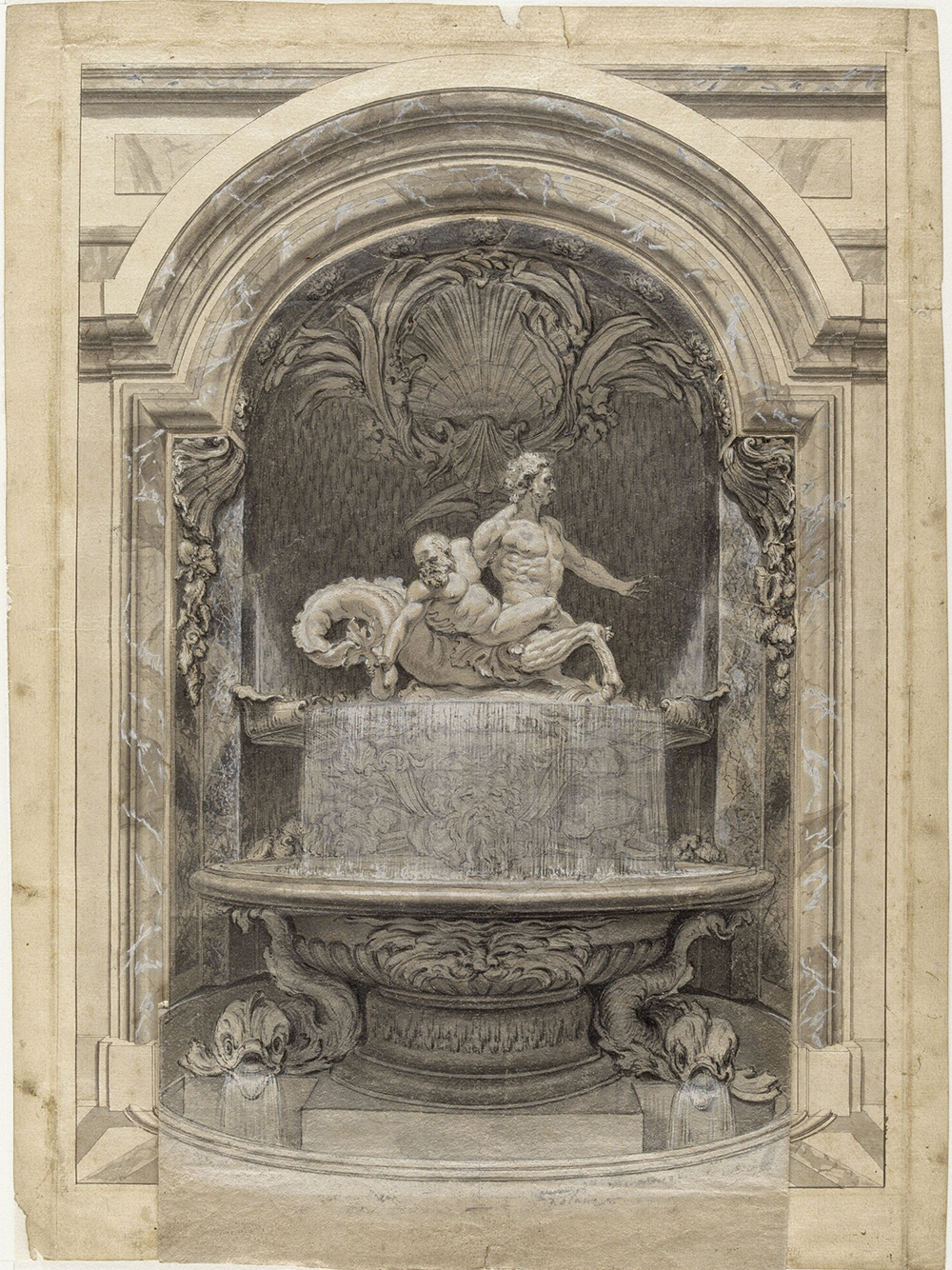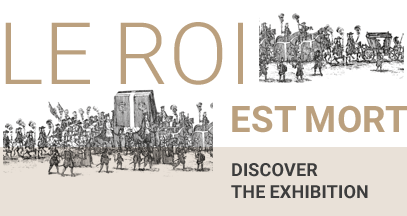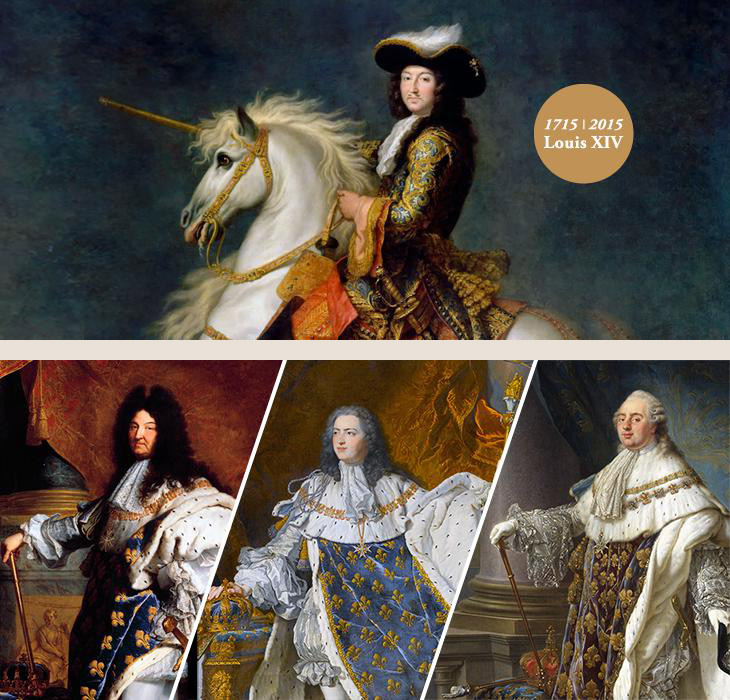Louis XIV and the Antique collections
By Christophe Piccinelli-Dassaud
A fascination for antiquity was one of the central features of seventeenth-century European thinking, and Louis XIV himself was no exception to this, as he was educated in classical culture just like his subjects or other sovereigns of the time. But this Antiquity is certainly not the one we know today as revealed by archaeology, the science that scrutinises its most direct evidence. Heirs of the Renaissance humanists, the “Antiquarians” of the 17th century based their erudition only on the analysis of Greek and Latin texts that had survived and on the consistency of these sources with the monuments and works of art then known! The Ancient, rather than Antiquity, then was seen through this lens, which naturally also distorted the archaeological reality but which on the other hand enabled an extraordinary reinterpretation and re-appropriation of the past. Thus, the actual authenticity of a given sculpture, and the modern restorations that made good missing parts mattered little provided that its iconography enabled a scholarly teaching or supported a political notion.
Since the Crown had few antique masterpieces to compete with the great Roman collections other than the Diana the Huntress offered by Pope Paul IV to Henri II a century earlier, in 1665 Louis XIV laid the foundations for a collection of antique sculptures worthy of the King of France by purchasing the best of the collection of Cardinal Mazarin, who had died four years earlier, seizing the pieces adorning Fouquet's house at Saint-Mandé, and accepting the legacy of his uncle, Gaston d’Orléans, together with the present of a statue from Cardinal Orsini.
These four acquisitions in a single year marked the beginning of a wholesale commandeering of all the antiquities then available, which were first concentrated in the Tuileries but rapidly moved to meet the needs for the continually developing site of Versailles and subsequently of its satellites, Trianon and Marly: the accounts of the King’s Buildings reveal the acquisition of 13 busts in 1670, 14 in 1672 and 157 marble sculptures the following year; 303 boxes filled with marbles left Rome in 1679, 177 statues in 1682 and 14 a year later; then 48 statues, 36 busts and 13 vases in 1684! Transactions gradually diminished with the completion of the decoration of Versailles, but also as the result of increasing hostility to this looting of Roman heritage. Despite this opposition, the purchase from prince Savelli in 1685 of the Cincinnatus and Germanicus at Villa Montalto in Rome demonstrates the omnipotence of Louis XIV over the pontiff himself!
In 1680, three statues were transported from the trading post of Smyrna, placed under the protection of the King of France, thereby opening up other sources of supply than the Italian peninsula. Similarly, the most beautiful sculptures discovered in kingdom itself were likewise earmarked to be taken to Versailles: in 1683 a bust of Juno and a colossal torso of Jupiter left Palais Granvelle in Besançon; a Senator was sent the following year from Langres; in 1685, the council of the city of Arles hoped to regain the king’s favour by offering him a statue that Girardon’s restorations subsequently identified as a Venus.
While the vast majority of these antiquities were placed in groves or the niches of the Marble Courtyard, many remained in storage if their condition was thought unacceptable. The most exceptional sculptures were placed in the State Apartments: they bore testimony to the power of the sovereign within his kingdom, in the territories he controlled and to the place of France in the game of diplomatic power play. In 1712, when prince Albani offered a Sea centaur abducting Silenus to the king – then in the last years of his reign – Louis XIV placed the group in the fountain on the landing of the Ambassadors’ Staircase. One last time, Antiquity proclaimed the glory of the Sun King right at the heart of this space: the first location to be seen by each dazzled visitor.
Article written by Christophe Piccinelli - Dassaud, Responsible for managing works of the department of Greek antiquities, Etruscan and Roman antiquities from the Louvre Museum.






















